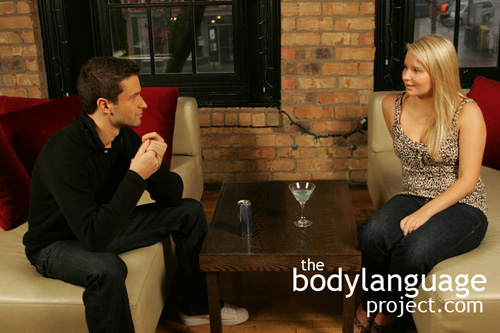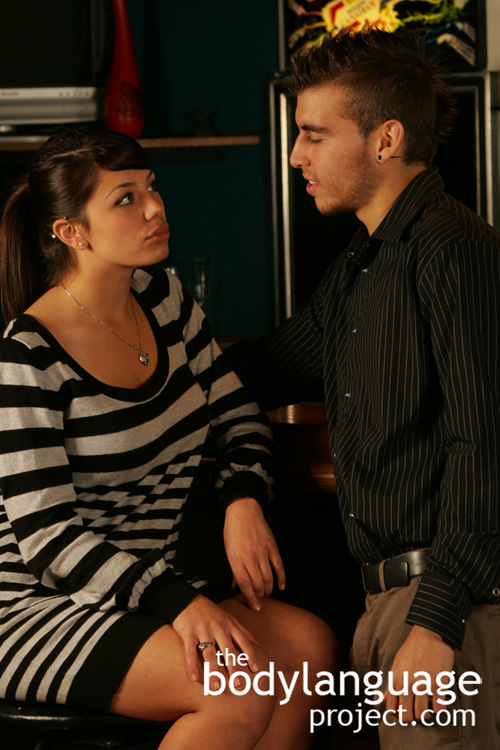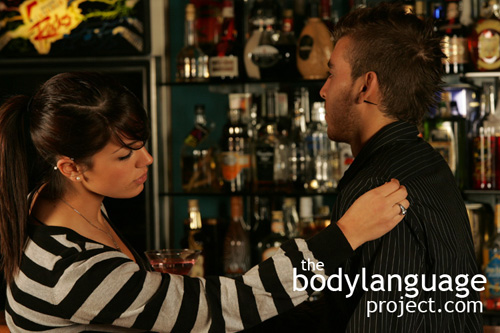A convenient and accurate way to read someone’s level of happiness is to look for what is called “gravity defying” body language. This is any gestures that makes it seem as if a person is floating on air. We can also call these gestures of exuberance where energy is seemingly in no short supply, being expended just for its own sake. Children will walk excitedly by bouncing up and down on their way to see grandparents or to the town fair, and will sometimes even grab our hands so as to be swung to catch even more air. When we see people with a “Bounce in their step” what we really are seeing is happiness through body language as a person walks on the balls of their feet or when their arms swing confidently at their sides.
When hockey players score a goal, they will immediately throw their hands into the air. The stick is usually thrust upward in concert to defy gravity even more. Alexander Ovetchikin attained part of his fame for his elaborate celebration displays by tossing himself against the hockey rink glass. Bobby Orr’s superman dive after scoring the goal to win the Stanley cup in 1970 is one of the most recognizable images in hockey history. He personified gravity defying body language. Fist pumping is another common, yet much more subdued way to show happiness when we’ve succeeded at something and football has no shortage of exuberant dance moves after scoring a touch-down.
Another gesture that is more commonplace in everyday life happens by when either a toe is raised pointing upward while in a standing position with the weight on the back foot, or the while seated where the toe is facing down, but the heel is upward. Both gestures are gravity defying and signal that good things are happening. While standing, a person might rock back and forth on the balls of the feet or seem to stand taller, more confident and more animated. When people are happy their arms are used more to gesticulate during speech. Gravity defying gestures are rarely faked since they mostly go under the radar and someone in a bad mood usually wouldn’t think of, or be able to hold the gestures for any length of time. Interestingly, those with clinical depression are rarely seen doing these sorts of gestures, instead their shoulders seem to slump and their arms do no more than hang at their sides. Those that are insecure seem to let the weight of life keep them down and pin their arms to their sides.







